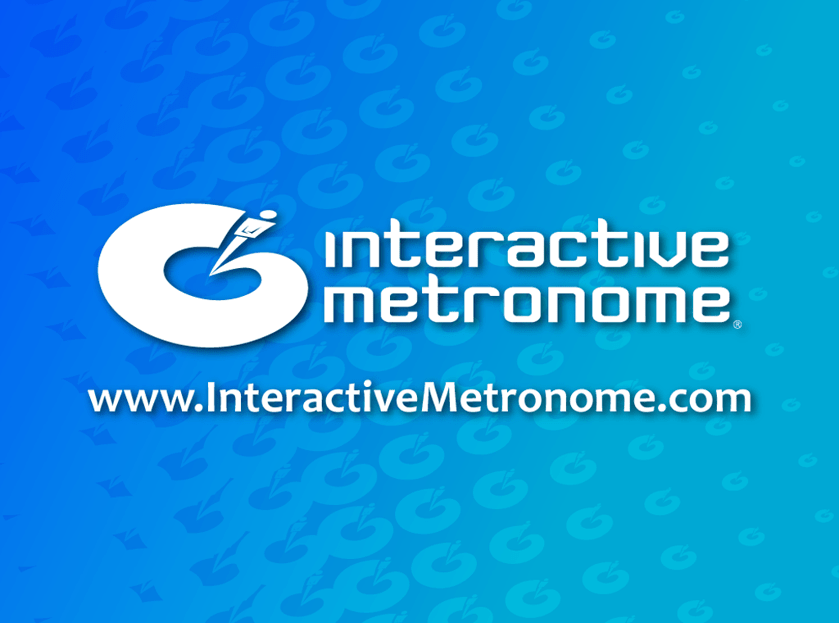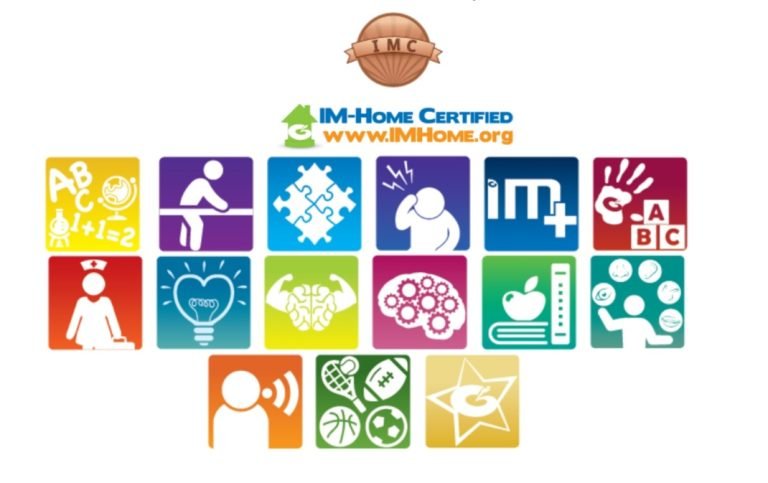I have the expertise to take you where you want to be.
Your health, fitness and wellbeing is my priority.
Performants is offering Interactive Metronome Services (IM) at their clinic located at:
The Interactive Metronome (IM) Program will consist of 14 x 60 minute sessions scheduled with Anthony that is certified in the use of Interactive Metronome (IM).
Interactive Metronome sessions will be done at 2 sessions per week.
The cost for this program will be $1,875.00
(Payment Plan Available)

It’s easy to see Anthony loves his job and genuinely wants to help his clients. He brings a sense of humour and a huge amount of knowledge to his sessions. I would highly recommend Anthony to anyone looking for a great Personal Trainer.
Cheryl
Interactive Metronome (IM) is a therapy and assessment tool that uses a computer and specialised software to help you improve your timing and rhythm.
Problems with coordination and timing are sometimes caused by neurological conditions, such as
By training the brain to keep a consistent rhythm and improve its timing, you can improve your overall coordination and reduce symptoms of these conditions.
Interactive Metronome research has shown improvements in:
During an IM therapy session, you will wear a headset with sensors that detect when you tap your hand or foot in time with a metronome. The software will provide visual and auditory cues to help you stay on beat. I will adjust the tempo of the metronome to gradually increase the difficulty of the exercise and track the your progress over time.


Interactive Metronome (IM) is a therapeutic technique that aims to help children with a variety of conditions such as Learning Disabilities, ADHD, Developmental Coordination Disorder etc, by improving their timing, coordination, and attention skills.
The child wears a sensor on their hand or foot, which detects their movement. They then perform a series of exercises, such as tapping their hand or foot to the beat of a metronome, while the computer provides real-time feedback on their timing accuracy. The goal of the therapy is to help the child improve their ability to keep a consistent pace, which can help with reading fluency and other activities that require good timing and coordination.
In one study, children with developmental coordination disorder who received IM therapy showed significant improvements in their hand-eye coordination, balance, and posture. Another study found that children with ADHD who received IM therapy had significant improvements in attention and impulse control.
IM is not a standalone treatment for children, it is often part of a larger treatment plan that also may include interventions such as specialised education, speech therapy, occupational therapy and many others. Each child is unique and requires personalised evaluations, it is important to consult with a trained and certified practitioner who can evaluate the specific needs of the child and determine if IM may be an appropriate therapy.
Interactive Metronome (IM) therapy is not only used for children but also adults who have issues with coordination and timing related disorders. IM therapy can be used to help adults with conditions such as:
IM therapy for adults can be similar to the therapy for children in that it involves the use of a computer, specialized software, and a metronome.
The therapist will adjust the tempo of the metronome to gradually increase the difficulty of the exercise and track the person’s progress over time.
During a typical IM therapy session, an adult will typically wear a headset with sensors that detect when they tap their hand or foot in time with the metronome beat. The software will provide visual and auditory cues to help the person stay on beat.
Fantastic workshop for trainers and business owners. Covering training, marketing and business. This is a great workshop for learning new ideas in all areas as well as re-introducing you to things you’ve learnt before and forgotten, but are relevant to you no
Bruce Maddigan
Interactive Metronome (IM) has been used to help individuals with a variety of conditions, including dyslexia, attention deficit hyperactivity disorder (ADHD), and traumatic brain injury.
In one study, for example, students with dyslexia who received IM therapy showed significant improvement in their reading fluency, as well as increased speed and accuracy of their hand movements when performing a timing task.
It is important to note that IM is not a standalone treatment for dyslexia, it is often part of a larger treatment plan that also may include interventions such as Orton Gillingham based reading instruction. It is important to consult with a trained and certified practitioner who can evaluate the specific needs of the individual and determine if IM may be an appropriate therapy.
Interactive Metronome (IM) is a therapeutic technique that has been used to help individuals with a variety of conditions, including learning disabilities. It is thought that IM can help improve timing, coordination, and attention skills, which can in turn help individuals with learning disabilities to perform better in school and in other activities that require these skills.
A study found that interactive metronome helped with attention and memory span, as well as improve the processing speed of certain cognitive abilities. The treatment also helped with self-regulation of emotions and behaviour by improving timing and coordination.
It is important to note that IM is not a standalone treatment for learning disabilities. It is often part of a larger treatment plan that also may include interventions such as specialised education, speech therapy, occupational therapy and others.